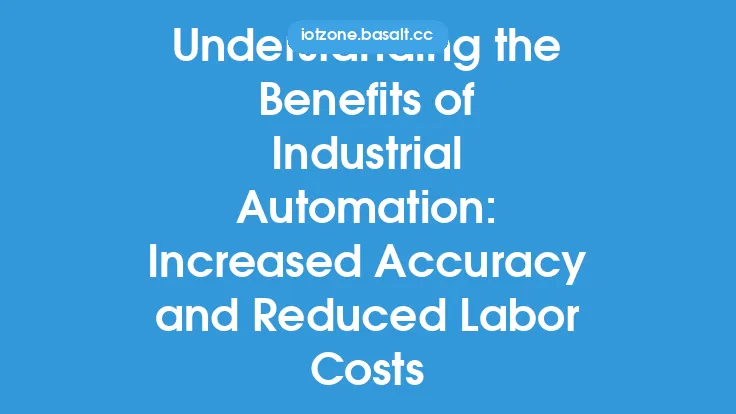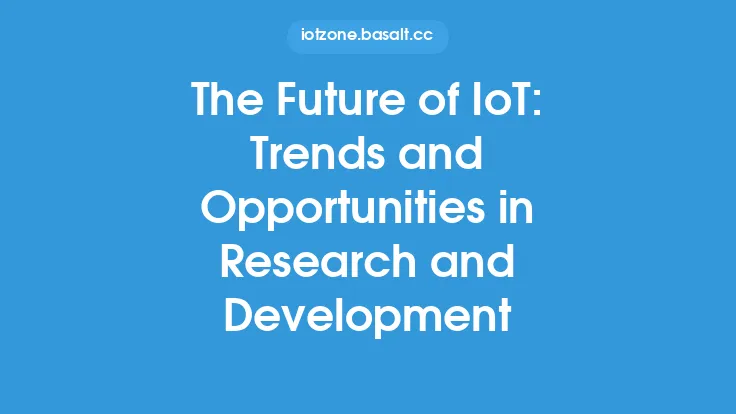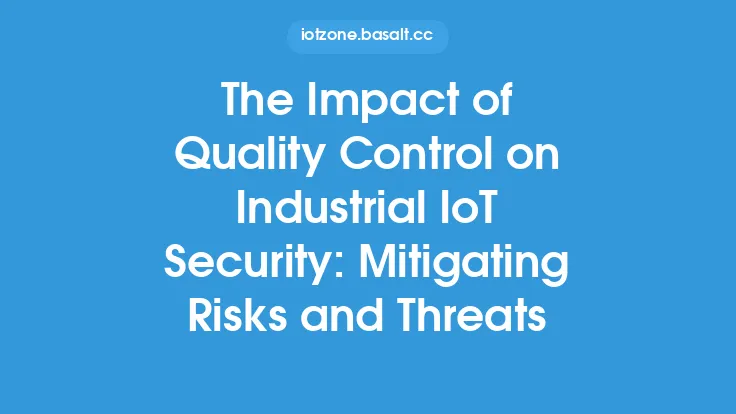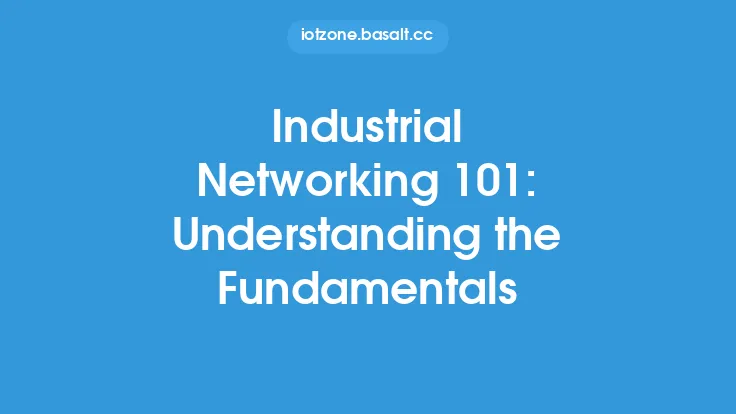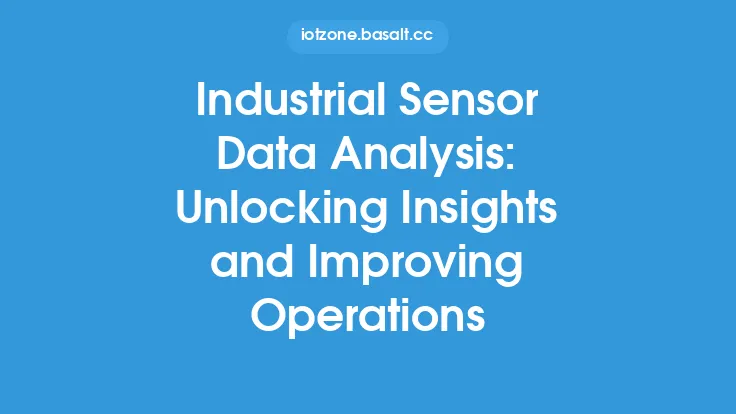The industrial Internet of Things (IoT) has revolutionized the way industries operate, with industrial sensors and devices playing a crucial role in this transformation. These sensors and devices are used to measure various parameters such as temperature, pressure, flow rate, and level, and transmit the data to the cloud or a central server for analysis and decision-making. However, with the increasing number of industrial sensors and devices being used, there is a need for standardization and protocols to ensure seamless communication and interoperability between different devices and systems. In this article, we will delve into the world of industrial sensor standards and protocols, exploring the various types, their applications, and the benefits they offer.
Introduction to Industrial Sensor Standards
Industrial sensor standards refer to the set of rules and guidelines that govern the design, development, and deployment of industrial sensors and devices. These standards ensure that sensors and devices from different manufacturers can communicate with each other and with other systems, enabling the creation of a unified and interconnected industrial IoT ecosystem. Some of the key industrial sensor standards include the Open Platform Communications (OPC) standard, the Modbus protocol, and the DeviceNet protocol. These standards define the communication protocols, data formats, and device interfaces, ensuring that devices from different manufacturers can work together seamlessly.
Industrial Sensor Communication Protocols
Industrial sensor communication protocols are used to enable communication between sensors, devices, and systems. These protocols define the rules for data transmission, reception, and processing, ensuring that data is transmitted accurately and efficiently. Some of the common industrial sensor communication protocols include:
- Modbus: a master-slave protocol used for communication between devices
- DeviceNet: a device-level network protocol used for communication between devices
- EtherNet/IP: an industrial Ethernet protocol used for communication between devices and systems
- Profinet: an industrial Ethernet protocol used for communication between devices and systems
- WirelessHART: a wireless communication protocol used for communication between devices
These protocols offer various benefits, including high-speed data transmission, low latency, and robust security features.
Industrial Sensor Data Formats
Industrial sensor data formats refer to the way data is structured and formatted for transmission and storage. These formats ensure that data can be easily read, processed, and analyzed by different systems and applications. Some of the common industrial sensor data formats include:
- CSV (Comma Separated Values): a plain text format used for storing and transmitting data
- XML (Extensible Markup Language): a markup language used for storing and transmitting data
- JSON (JavaScript Object Notation): a lightweight data interchange format used for storing and transmitting data
- OPC-UA (Open Platform Communications Unified Architecture): a data model and protocol used for storing and transmitting data
These data formats offer various benefits, including ease of use, flexibility, and scalability.
Benefits of Industrial Sensor Standards and Protocols
The use of industrial sensor standards and protocols offers various benefits, including:
- Interoperability: enables devices from different manufacturers to work together seamlessly
- Scalability: enables the easy addition of new devices and systems to the network
- Flexibility: enables the use of different communication protocols and data formats
- Security: ensures the secure transmission and storage of data
- Efficiency: enables the efficient transmission and processing of data
- Cost savings: reduces the cost of device integration and data analysis
These benefits enable industries to create a unified and interconnected industrial IoT ecosystem, improving efficiency, productivity, and decision-making.
Challenges and Limitations of Industrial Sensor Standards and Protocols
Despite the benefits of industrial sensor standards and protocols, there are several challenges and limitations that need to be addressed. These include:
- Complexity: industrial sensor standards and protocols can be complex and difficult to implement
- Compatibility: devices from different manufacturers may not be compatible with each other
- Security: industrial sensor standards and protocols may have security vulnerabilities
- Scalability: industrial sensor standards and protocols may not be scalable to meet the needs of large-scale industrial IoT deployments
- Cost: implementing industrial sensor standards and protocols can be costly
These challenges and limitations highlight the need for ongoing research and development in the field of industrial sensor standards and protocols.
Future of Industrial Sensor Standards and Protocols
The future of industrial sensor standards and protocols is exciting and rapidly evolving. With the increasing adoption of industrial IoT technologies, there is a growing need for standardized communication protocols and data formats. Some of the emerging trends and technologies in the field of industrial sensor standards and protocols include:
- Edge computing: enables the processing of data at the edge of the network, reducing latency and improving real-time decision-making
- Artificial intelligence: enables the use of machine learning and deep learning algorithms for data analysis and decision-making
- 5G networks: enables the use of high-speed, low-latency communication networks for industrial IoT applications
- Time-Sensitive Networking (TSN): enables the use of standardized communication protocols for real-time industrial IoT applications
These emerging trends and technologies are expected to play a crucial role in shaping the future of industrial sensor standards and protocols, enabling the creation of a more unified, interconnected, and efficient industrial IoT ecosystem.
Conclusion
In conclusion, industrial sensor standards and protocols play a crucial role in enabling the creation of a unified and interconnected industrial IoT ecosystem. These standards and protocols ensure seamless communication and interoperability between devices and systems, enabling the efficient transmission and processing of data. While there are challenges and limitations to be addressed, the benefits of industrial sensor standards and protocols are clear, and the future of these technologies is exciting and rapidly evolving. As industries continue to adopt industrial IoT technologies, the need for standardized communication protocols and data formats will only continue to grow, driving innovation and development in the field of industrial sensor standards and protocols.
